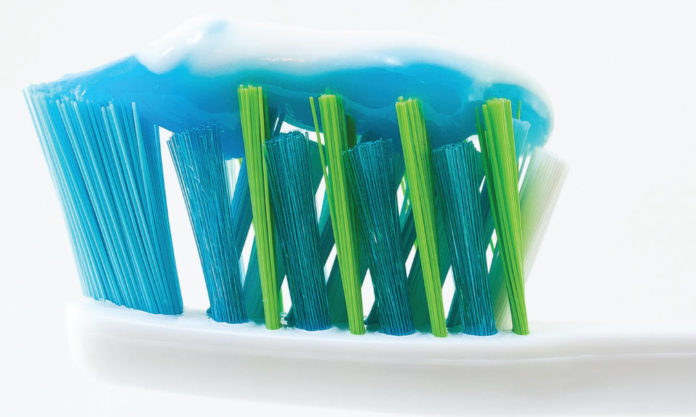Just what is a luxurious item or service? For people in poverty, having enough food for the day or having an extra pair of clothes is a luxury. What does luxury look like for the 21st century Chinese cosmospolitan? Is it famous brands or an embracing of their culture?
All of the luxury brands that are now emerging are one day going to be selling to the next generation; my younger generation to be precise. So what of their view on luxury? For the purposes of this article, I interviewed some people about the luxury in their lives. As to favourite brands, the general answer was Gucci, Nike and Adidas. Overall, it was western brands, especially for clothing. Pragmatically, Jessica Liu (14) said, “I don’t know… it’s just a habit. Since many of them are made in China, it’s just easy to find them. They are easily available”.
Conversely, foreigners took the opposite view. Yewon Kim (15) has been living in China for 1 year and 8 months and has used many Chinese brands such as Xiaomi (tissues) and generally goes for Chinese and Korean brands, even for clothes. Sunny Cho (14) has been living in China for nearly 8 years and also likes Xiaomi for tissues and day to day stuff. However, for clothes and jewelry she mostly uses western brands, “because in the big malls of China those are what you find”.
No wonder that in a 2014 survey, when 200 middle and upper-class Chinese consumers were asked about their top five luxury brands, more than 95 percent did not mention even one Chinese brand. The most commonly mentioned were French or Italian; Chanel, Dior, Prada, Gucci, etc.
China’s most established brand is Moutai (alcohol) and it was mentioned by less than 1 percent of the respondents, i.e. less than two people. Elsewhere, Hongqi is China’s oldest automobile manufacturer; their luxury H7 model was chosen to transport Francois Hollande, the French president. Who wouldn’t want a car that a president used? I know I want one but still, somehow Audi sells more luxury cars in 2 days than Honqi does in an entire year.
Yet, it is true that many Chinese consumers do value their culture when making product choices, a trend that some Chinese brands are now noticing. In 2012 L’Oréal made Yue Sai (a Chinese brand) the only luxury brand that played on the Chinese aspect of beauty by using traditional Chinese medicine and promising beauty through the use of medicinal ingredients. The resulting and tremendous increase in sales made the idea catch on.
Yunnan Baiyao, originally a TCM pain reliever, got in on the act by producing a luxury toothpaste. Their focus on the cultural element also brought about a huge growth in sales.
It would therefore appear that it be Chinese people’s thoughts and perceptions that make western brands more stylish or trendy, given they lack the cultural understanding thereof. With such superficiality, the cultural dynamic places the future of luxury very much in the hands of the Chinese brands.









